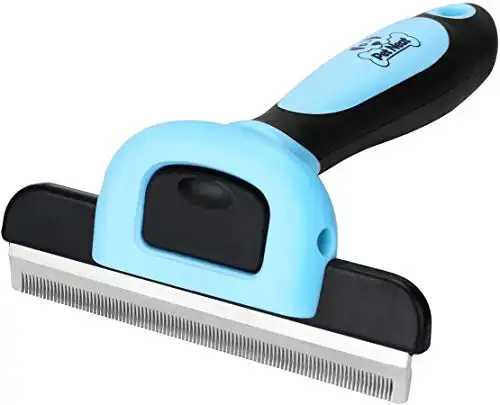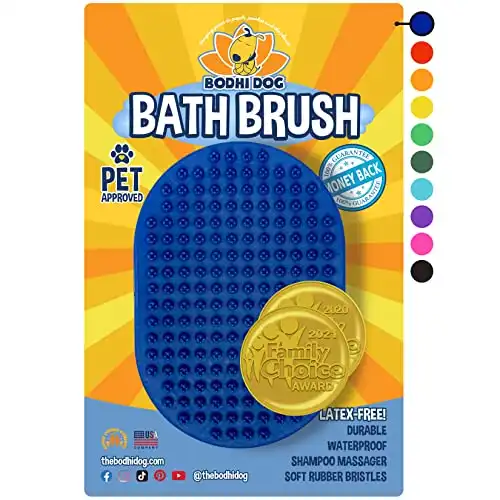How to Brush Dogs Undercoat | The Right Way
How do you brush out your dog’s undercoat? Special tools, like undercoat rakes, can help get to the undercoat more easily than some dog brushes. Regularly brushing the undercoat is essential to keeping your dog from itching or getting too hot and will help get rid of excess fur.
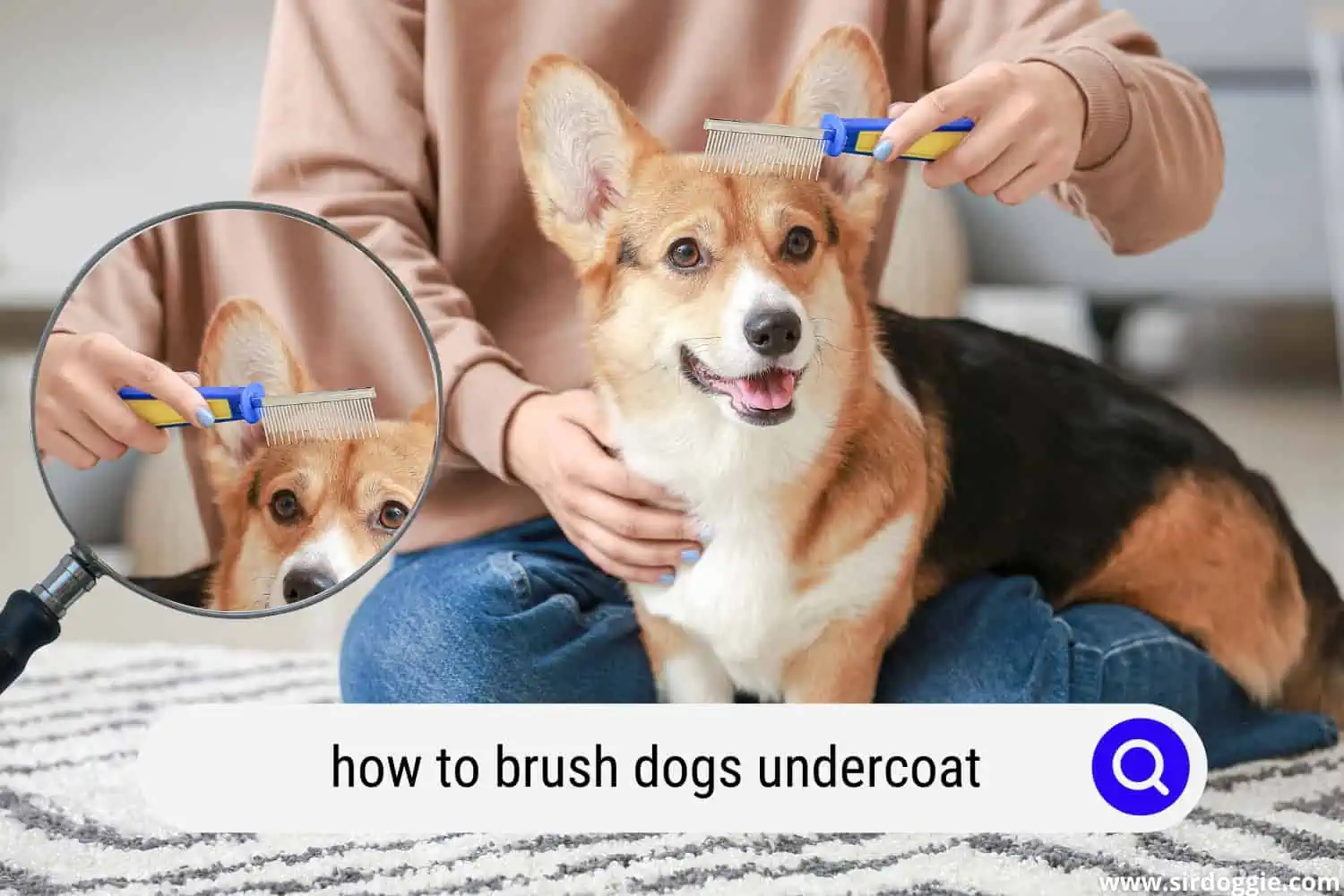
Whether your dog has short or long fur, you need to help them take care of their coat. Let the coat go too long without a good brush, and your dog might get itchy or have other problems.
You should know how to brush out your dog’s undercoat so that they don’t have to worry about their fur getting tangled.
If you have a dog with a lot of furs, you probably know the struggles of maintaining their coat. Using the right tools and methods to brush their undercoat can keep your dog feeling and looking good.
And it will make you happier because you won’t have to worry about vacuuming up as much of their fur.
Some of the links in this post are affiliate, and we may earn a commission.
Related Reading: How Do You Brush a Boxer?
Why Should You Brush Your Dog’s Undercoat?
When you’re a pet parent to a dog, you may find that you need to sweep or vacuum more frequently than before. Many people know that dogs shed, but maintaining your dog’s undercoat can help keep them from shedding too much.
Of course, your dog will shed no matter what, but getting the fur out with a brush will keep it from falling all over the house.
If you brush your dog’s fur, you can get some excessive fur that would otherwise sit on your dog. You can then throw it in the trash without worrying about the fur getting on your carpet. While it won’t prevent shedding, regular brushing can minimize how much fur your dog sheds daily.
Some pet parents get in the habit of flushing their doggie’s brushed-out fur. This should be avoided unless you want the extra cost of a plumber one day.
Also, brushing your dog’s undercoat can help keep your dog from getting too itchy. As their fur collects and sits on their skin, they can start to get irritated. Brushing out the fur that has already come off your dog can help keep your dog healthy.
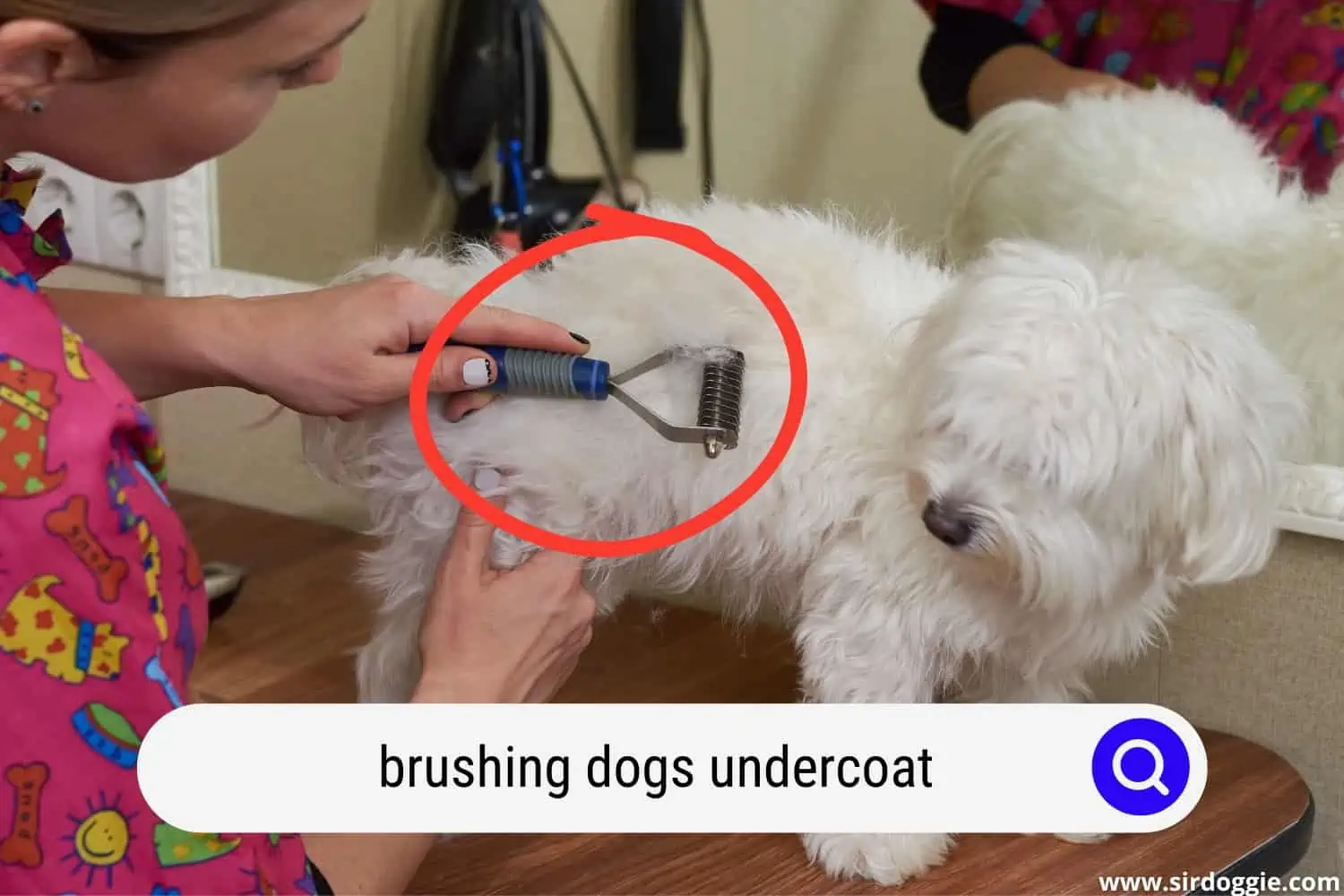
What You Need to Brush Your Dog’s Undercoat
Brush
If you’ve had a dog for a while, odds are you already have a good dog brush. However, if you don’t, now’s the time to get one. A good dog brush can help you brush out your dog’s entire coat, which can help you brush their undercoat.
Once you brush with a regular brush, use a Curry Comb to help get to the deeper layers within your dog’s fur. You don’t have to use a hard stroke, but combing through your dog’s fur can help loosen fur from the undercoat.
Whether your dog is shedding a lot or just needs regular grooming, a steel comb is a great option.
During or after brushing, you’ll need a way to collect the fur that comes off your dog. You can use a plastic bag, or you can plan on sweeping or vacuuming the room.
If you have access to a deck or patio, that’s a great option since you won’t have to worry about the fur getting all over your house.
Bathe
While it’s not always necessary to bathe your dog before you brush them, it can help. If you’ve ever brushed your own hair after a shower, you might know that a lot more hair comes out when your hair is wet than when it’s dry. The same thing is true for your dog, so a good bath can make brushing easier.
Of course, your dog will benefit from a bath in many ways, not just their undercoat. You can make your dog feel clean, and you’ll have an easier time brushing their coat.
If you give your dog a bath, it doesn’t have to be super long. It just needs to be long enough for your dog’s fur to get wet. However, after you finish bathing them, pat your dog down and give them a chance to shake out so that they aren’t overly wet when you brush them.
Brush When Wet
Once you give your dog a bath and they shake out some of the water, you have the perfect chance to brush them. Now is the time to use small strokes and brush certain areas of your dog.
- Start by brushing your dog’s neck and move the comb in the same direction as the fur.
- Work your way down your dog’s back and keep using small strokes.
- Next, brush out your dog’s chest and belly fur, again following the fur growth.
- Finally, brush your dog’s legs and paws.
Keep brushing an area for as long as clumps of fur come out. Make sure you get as much excess fur as you can before you move to another area or finish brushing your dog.
If your dog doesn’t like you brushing them, ask a friend or family member to distract the dog with a toy or treats to keep them from focusing on the brushing.
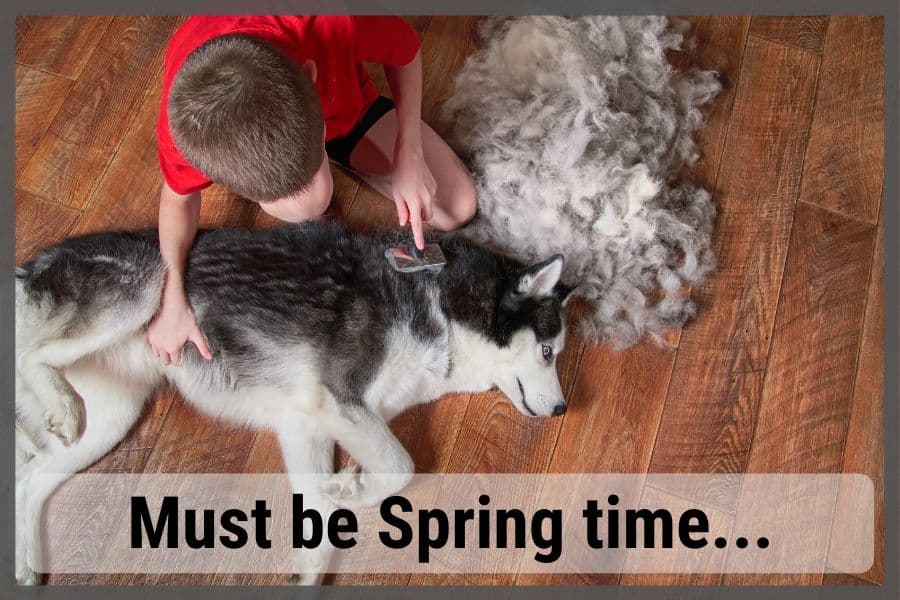
How Often to Brush Your Dog
While giving your dog a bath can help make it easier for you to brush their undercoat, that’s not the only time you should do it. If you know how often to brush your dog, you can keep their fur and shed under control. Not only will that be easier for you, but your dog will feel better when they don’t have to carry a ton of extra weight.
There are no specific guidelines for when you should brush your dog or for how long. It can depend on your dog’s breed, as well as the weather or season. You might also need to consider your dog’s age or activity level.
Finally, you can watch how much fur you see on your floors to determine if you may need to brush more often. Over time, you can try out different schedules to see what works. That way, you can keep your dog from shedding too much while also not grooming them more than necessary.
Brush Your Dog’s Undercoat Regularly
For much of the year, you should follow a regular schedule to keep your dog from shedding too much or getting knots in its fur. While some breeds require more brushing than others, they all need a consistent schedule.
- If your dog has short, straight fur, it won’t need much grooming. They typically have shorter undercoats, but you should still watch to see how much they shed to determine how often to brush them.
- Some dogs, like Labrador retrievers, have short coats, but they have a decent undercoat that requires grooming every few months.
- German shepherds and other breeds with medium coats need a little more grooming, but you should still keep a regular schedule.
- Dogs with a long double coat need grooming more often than other breeds, so make a point to brush these dogs a few times a month.
- If you have a dog with a longer coat that hangs below its body, it’ll need regular grooming and trimming. You can keep up with this at home each week.
Knowing how much fur your dog has can give you a good idea of their brushing needs. However, you should still watch to see how much they shed. That way, you can see if they need as much grooming as you think.
Brush Your Dog’s Undercoat Even More When Shedding
Some dogs shed much more during the changing seasons. As winter ends, many breeds will shed their winter coats to make room for their summer coats. In the fall, the reverse is true since dogs will need to regrow their winter coat.
At these times, you’ll probably notice your dog sheds more than average, so you should brush them more often. Consider brushing your dog every day if you need to. That way, you can keep the excess shedding under control.
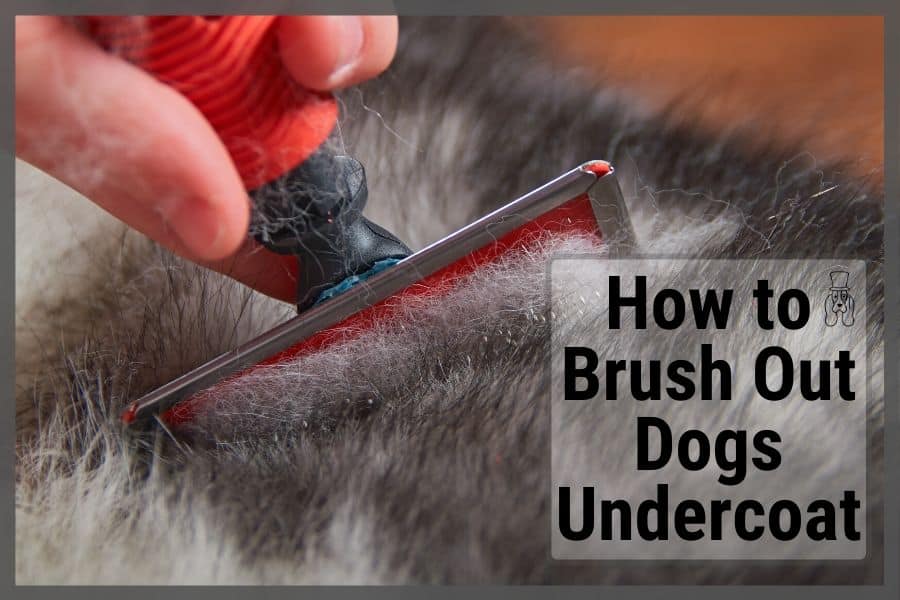
Final Thoughts
Brushing your dog’s undercoat isn’t easy, but it’s a necessary part of keeping your dog healthy and happy. Even if your dog doesn’t like the feeling of a brush, you can brush them to get rid of excess fur.
Not only will that help you avoid fur all over the floor, but it will allow your dog’s skin to breathe.

Family Dog Expert Author
Hi there! I’m Stuart, a devoted dog lover and family dog expert with over a decade of experience working with our furry companions. My passion for dogs drives me to share my knowledge and expertise, helping families build strong, loving bonds with their four-legged friends. When I’m not writing for SirDoggie, you’ll find me hiking, playing with my beautiful dog, or studying music.
